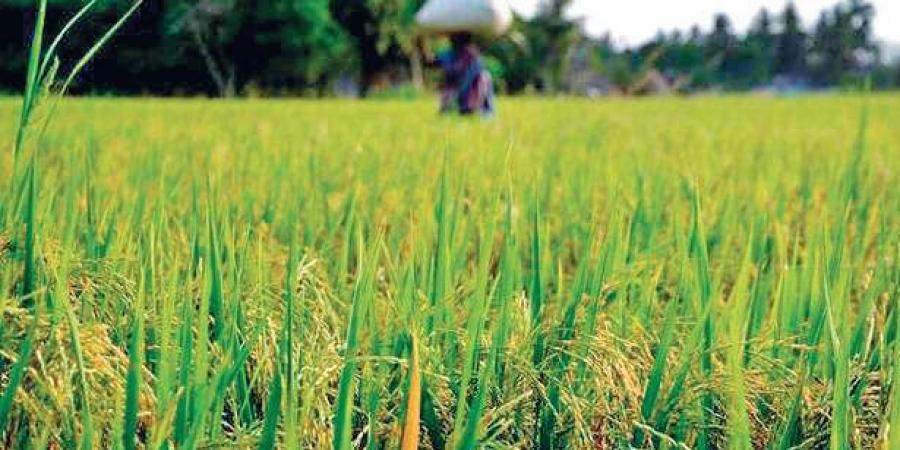IAEA helps Lao PDR to increase rice yields using stable isotope techniques
Trials conducted on farmers’ fields showed that by applying chemical fertilizers and manure in an optimized way, rice yields have increased from 3.16 to 5.1 tonnes per hectare.

Rice, the main staple crop in the Lao People’s Democratic Republic (PDR), is key to food security and employment. Over 80 per cent of the country’s farmers grow rice, which takes up about 60 per cent of the cultivated area in the country. However, Lao PDR’s mountainous topography, tropical climate with frequent monsoons, soil erosion, lack of suitable rice varieties combined with insufficient use of fertilizers has limited rice yields, threatening livelihoods in this agrarian society. Since 72 per cent of the rice-growing area in the country is dependent on natural rainfall, increasingly variable rainfall patterns under changing climate are predicted to have a devastating impact on rice production.
The IAEA, in cooperation with the Food and Agriculture Organization of the United Nations (FAO), has supported farmers in Lao PDR to increase rice yields by 60 per cent through better soil and nutrient management practices identified using nuclear techniques (see Stable isotope techniques). Trials conducted on farmers’ fields showed that by applying chemical fertilizers and manure in an optimized way, rice yields have increased from 3.16 to 5.1 tonnes per hectare.
“I have been applying the practices for three years,” said Somphet Siphandone, a farmer in Sanakarm district, Vientiane province, who is involved in a pilot project putting into practice the scientific findings obtained using nuclear techniques. “My yield has increased by 60 per cent compared to our traditional practice. We were introduced to efficient and effective agricultural techniques through the training, and they performed well in our fields. Thanks to the programme, we are more resistant to the climate and we are harvesting more.”
The IAEA, through its technical cooperation programme, has trained researchers in using nitrogen-15 (15N), a stable isotope of nitrogen, to quantify the number of nitrogen plants take up from fertilizers, and then determined the precise amount of fertilizer that farmers should use at various stages of the crop’s life as well as how best to incorporate locally available rice straw and animal manure as a source of nutrients.
Based on those results and as part of the support, IAEA and FAO experts helped local specialists develop a set of Rice Production Guidelines – or protocol – for farmers and agriculture officers working with them. The guidelines provide best soil and nutrient management practices and are based on results obtained with the use of isotopic techniques.
To reach more farmers and disseminate best practices, the IAEA and the experts from the National Agriculture Forestry and Rural Development Research Institute (NAFRI) developed an easy-to-use brochure for farmers, using information contained in the Rice Production Guidelines, in their local language. So far, 57 farmers from four villages in Vientiane province have been trained in the pilot phase of the programme.
“This farmer’s brochure is a complete package of technology right from preparing the land for rice sowing until its harvest,” said Mohammad Zaman, a soil scientist in the Joint FAO/IAEA Programme of Nuclear Techniques in Food and Agriculture. “The brochure is a toolbox that shows farmers what to do, from preparing the land to applying fertilizer, weed management, insect management and, lastly, a timely harvest.”
ALSO READ
IAEA Head Engages Swiss Insurance Executives on Nuclear Power's Potential
Shein's Strategic Price Hikes Set the Stage for IPO
Shein's Price Hike: A Strategic Move Towards a $50B IPO
Chhattisgarh Champions Aromatic Rice and Tech-Driven Agriculture
Merrill Lynch's Analysis on Aramco: No Price Stabilization Yet










